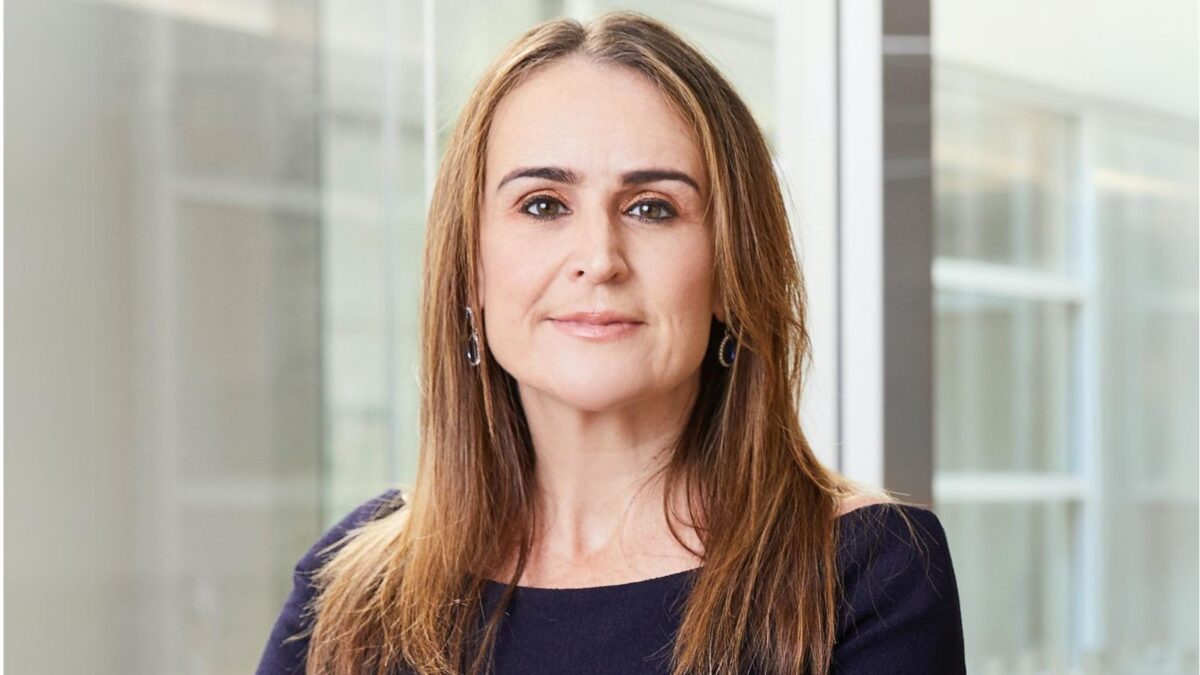Axioma’s new risk model rates factors for the future
In a sample using UK stocks, Axioma, the global investment risk advisory firm, points back to some tried and true fundamental beliefs but adds a couple of new ones to assess the likely future behaviour of factors.
The firm is rolling out an updated risk model (Version 4), starting with the UK in a blog published last week. Dividend yield is the new factor which shows up as a potential winner going forward, along with profitability.
In the past, as the blog shows, stalwarts such as momentum and value have outperformed over the past 10 years, notwithstanding value’s poor relative performance for much of that period.
Melissa Brown, the Axioma’s research author, says: “The introduction of an upgraded risk model provides us with a new opportunity to look at factors, and whether we can expect their risks to be compensated over time. The release of Axioma’s new UK version 4 model, featuring closer factor alignment with other local and regional models, shows that two of the new factors incorporated into the UK models (Earnings Yield and Profitability) offer opportunities for generating returns, both absolute and risk-adjusted, on top of their usefulness for managing portfolio risk.
“A quick comparison of factor returns in the UK versus other developed markets shows that both Earnings Yield and Profitability have produced quite positive average annual returns since 1999. In fact, the long-term returns to these factors are higher in the UK than they are in any other developed (or even emerging) market for which Axioma offers a model, with the exception of the US. At the same time, the realized volatility of these factors has also been higher in the UK than elsewhere. That means information ratios in the UK are closer to the middle of the pack, compared with some other regions, but still quite strong. Factor-based managers may want to take a closer look at these, as they could boost returns.
“Dividend Yield is another new factor in the model. Its return in the UK beats those in developed-market regions, except Japan and in the Worldwide model. That said, its information ratio is modest at best, making it not nearly as attractive as it is in those other regions.
“Of course, the introduction of new factors to a model also impacts the behaviour of factors that were already included. Medium-Term Momentum has been a strong performer over the years, with an annualized return of 4.6 per cent (a higher return than any other factor) and an information ratio of 1.0. Both are higher than they were in the older version of the UK model, and better than in the US, Japan and the Worldwide models. Similarly, Value’s return almost doubled from the older model, but its volatility also increased, so its information ratio stayed about the same. Compared with other developed markets, Value’s return was higher than most, but so was its volatility.
“On the downside, the magnitude of Volatility’s return was cut by more than half versus the prior model. In addition, most other developed markets’ Volatility return is lower than in the UK, with the exception of Japan, suggesting low Volatility investing is more rewarding elsewhere. The return to Growth went from positive to negative in the new model, as components (and their return) moved to Profitability, and now the factor has the lowest average return of the developed and emerging markets.
“And the addition of a mid-cap factor into the new UK model meant Size’s return went from quite positive to fairly negative. Whereas the return to Market Sensitivity is negative in most regions, it is only barely so in the UK, and the magnitude of its information ratio is the lowest among the developed markets. Overall, the UK4 model provides some new compensated risks, while reducing or eliminating others. And, of course, its risk forecasting ability is enhanced, too.”
– G.B.










